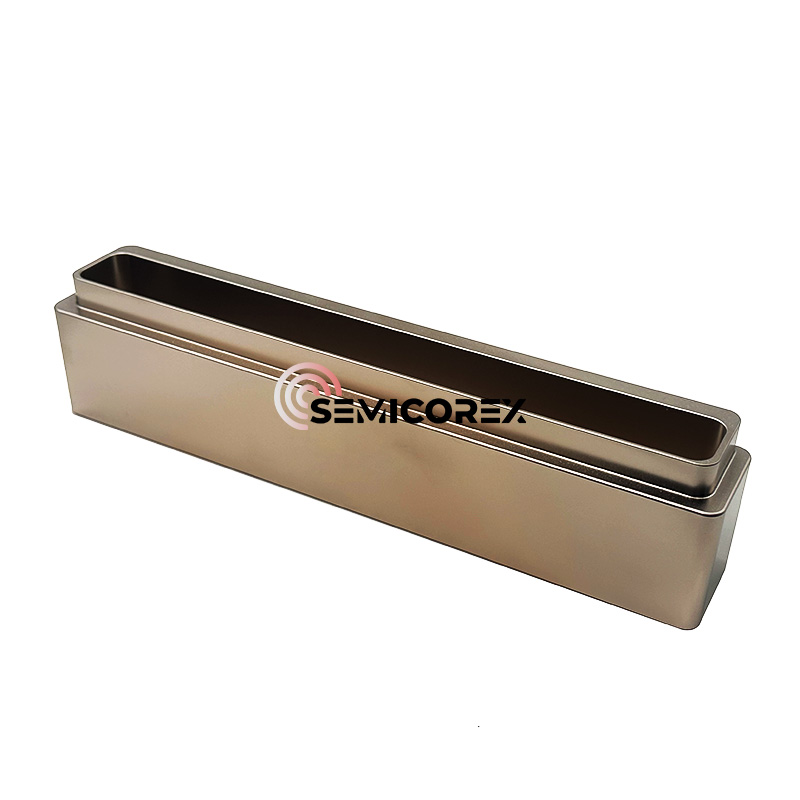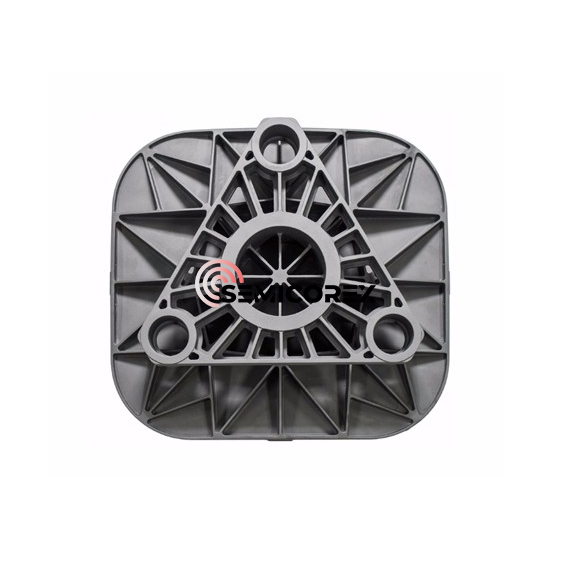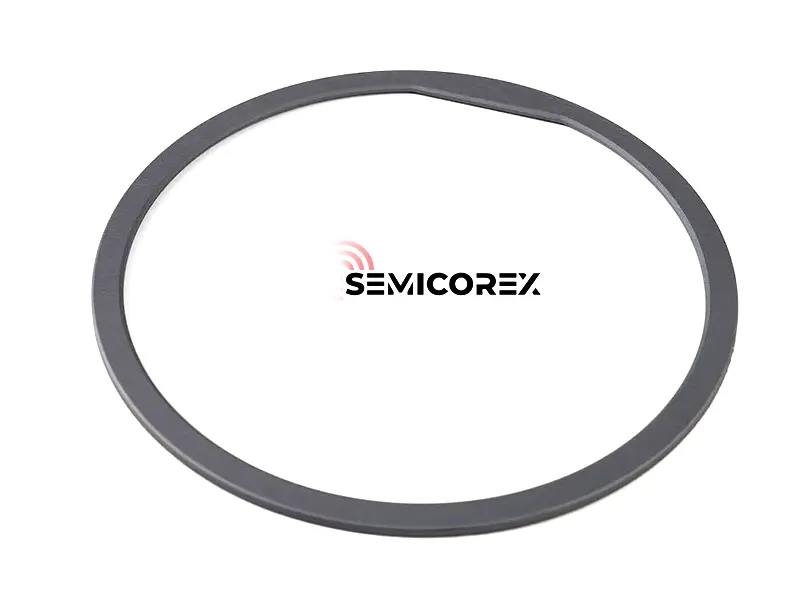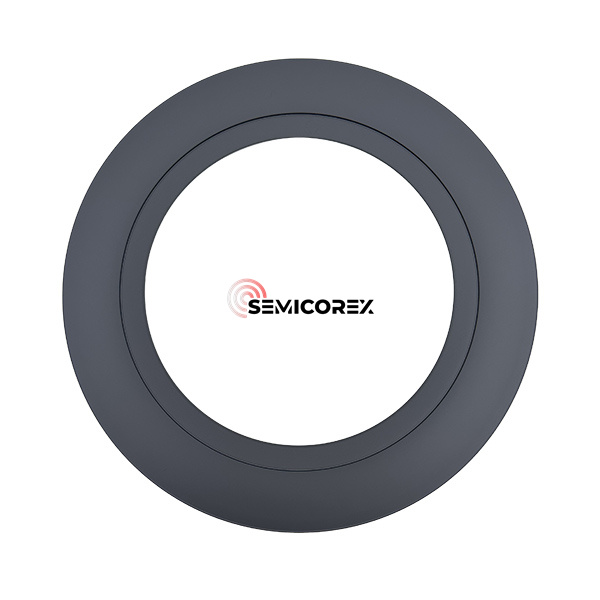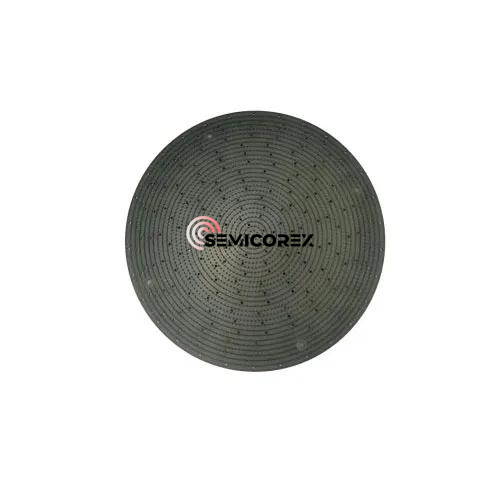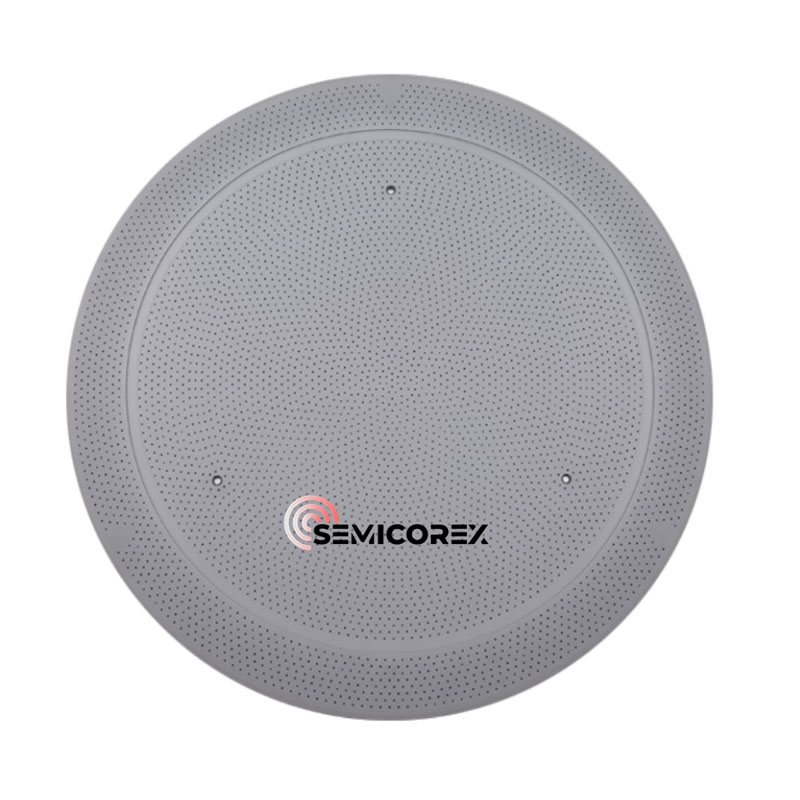
- English
- Español
- Português
- русский
- Français
- 日本語
- Deutsch
- tiếng Việt
- Italiano
- Nederlands
- ภาษาไทย
- Polski
- 한국어
- Svenska
- magyar
- Malay
- বাংলা ভাষার
- Dansk
- Suomi
- हिन्दी
- Pilipino
- Türkçe
- Gaeilge
- العربية
- Indonesia
- Norsk
- تمل
- český
- ελληνικά
- український
- Javanese
- فارسی
- தமிழ்
- తెలుగు
- नेपाली
- Burmese
- български
- ລາວ
- Latine
- Қазақша
- Euskal
- Azərbaycan
- Slovenský jazyk
- Македонски
- Lietuvos
- Eesti Keel
- Română
- Slovenski
- मराठी
- Srpski језик
Sinae Cvd sic Manufacturers, Suppliers, Factory
CVD SiC is a vacuum deposition process used to produce high-purity solid materials. This process is often used in semiconductor manufacturing to form thin films on wafer surfaces. During the chemical vapor deposition (CVD) process for producing silicon carbide (SiC), a substrate is exposed to one or more volatile precursors, which chemically react on the substrate surface to form the desired SiC deposit. Among the various methods for producing SiC, CVD produces products with high uniformity and purity, and offers strong process controllability.
Simply put, CVD SiC refers to SiC produced via the chemical vapor deposition (CVD) process. In this process, gaseous precursors, typically containing silicon and carbon, react in a high-temperature reactor to deposit a thin SiC film onto a substrate. CVD SiC is valued for its exceptional properties, including high thermal conductivity, chemical inertness, mechanical strength, and resistance to thermal shock and wear. These properties make chemical vapor deposited (CVD) silicon carbide (SiC) ideal for demanding applications such as semiconductor manufacturing, aerospace components, armor, and high-performance coatings. This material's exceptional durability and stability under extreme conditions ensure its effectiveness in improving the performance and lifespan of advanced technologies and industrial systems.
CVD SiC materials, due to their unique combination of excellent thermal, electrical, and chemical properties, are well-suited for applications in the semiconductor industry, where high-performance materials are required. Chemical vapor deposited (CVD) silicon carbide (SiC) components are widely used in etching equipment, MOCVD equipment, Si and SiC epitaxy equipment, and rapid thermal processing equipment.
The largest market segment for CVD SiC components is etching equipment components. Due to its low reactivity to chlorine- and fluorine-containing etching gases and its electrical conductivity, CVD silicon carbide (SiC) is an ideal material for components such as focus rings in plasma etching equipment. CVD silicon carbide (SiC) components in etching equipment include focus rings, gas showerheads, trays, edge rings.
Take the focus ring, for example. This critical component is placed outside the wafer and in direct contact with it. Voltage is applied to the ring to focus the plasma passing through it, thereby focusing the plasma on the wafer and improving processing uniformity. Traditionally, focus rings are made of silicon or quartz. However, with the advancement of integrated circuit miniaturization, the demand for and importance of etching processes in integrated circuit manufacturing continues to increase. The power and energy of the plasma used for etching are also increasing, especially in capacitively coupled plasma (CCP) etching equipment, which requires even higher plasma energies. Consequently, focus rings made of silicon carbide are becoming increasingly popular.
Due to the high performance of CVD SiC and its ability to be sliced into very thin sections, it can also benefit sputter targets and all types of electrodes.
Process of Chemical Vapor Deposition (CVD)
CVD is a process that transforms a material from a gas phase to a solid phase, used to form a thin film or coating on a substrate surface. The following are the basic steps in CVD:
1. Substrate Preparation
Choose an appropriate substrate material and perform the appropriate cleaning and surface treating to produce a clean, flat surface with good adhesion.
2. Reactive Gas Preparation
Prepare the necessary amount of reactive gas or vapor and inject it into the deposition chamber by some means (gas supply system). The reactive gas can be an organic compound, a metal-organic precursor, inert gas, or other gaseous species.
3. Deposition Reaction
If all instrumentation is setup correctly the CVD process will begin under the pre-defined reaction conditions. The reactive gas that has been injected into the chamber will undergo some chemical or physical reaction on the substrate surface to form a deposit onto the substrate surface. The deposit formation can be the result of several types of processes depending on the deposition method, these include vapor-phase thermal decomposition, chemical reaction, sputtering, epitaxial growth, etc.
4. Control and Monitoring
At the same time during the deposition process, certain deposition parameters need to be controlled and monitored in real time if the observer wishes to ensure the best possible properties in the film are maintained. These include relevant temperature measurement, pressure monitoring, and regulation of gas flow, all the while aiming to keep the desired reaction conditions stable and constant.
5. Deposition Completion and Post-Processing
When either the deposition time, predetermined thickness, or method selected, is achieved the introduction of the reaction gas can be ceased and deposition process ended. Following the deposition, several pertinent post-processing methods (annealing, structural modifications, surface treatment, etc.) should be performed to improve the film performance/quality.
It's important to note that the specific vapor deposition process can vary depending on the deposition technology, material type, and application requirements. However, the basic process outlined above covers most common vapor deposition steps.
- View as
CVD Sic imber caput
Semicorex CVD SiC Shower Caput est nucleus componentis adhibitus in instrumento semiconductoris etchingae, cum electrode et aquaeductu ad etching vapores inserviens. Semicorex elige pro materia superiori suae potestatis, processui technologiae provectae, et certae et diuturnae effectus in applicationibus semiconductoris exigendis.
Lege plusMitte InquisitionemMoles Sic Ring
Semicorex Mole SiC Ringo crucial component in semiconductore etching processibus, specifice ad usum designatum sicut etching anulum intra semiconductorem instrumenti fabricandi provectum. Cum firmo officio nostro summo-qualitatis comparandis productis in competitive pretia praestandis, parati sumus in Sinis fieri consortem vestrum diuturnum.
Lege plusMitte InquisitionemCVD Silicon Carbide Showerhead
Semicorex CVD Silicon Carbide Showerhead elementum est essentiale et valde speciale in processu semiconductore etching, praesertim in fabricatione circuitionum integralium. Cum indeclinabili nostro officio tradendi summos qualitates productorum in competitive pretia, librati sumus ut particeps in Sinis fiat vestri longi temporis.
Lege plusMitte InquisitionemCVD Sic Showerhead
Semicorex CVD SiC Showerhead elementum essentiale est in processibus hodiernis CVD ad assequendum qualitatem altam, aequabilem membranam tenuem cum efficiente meliore et throughput. CVD SiC Showerhead superior gasi imperium fluit, contributio ad qualitatem cinematographicam, et longae vitae spatium necessarium est ad postulandas applicationes semiconductores fabricandas.
Lege plusMitte InquisitionemSilicon Carbide Focusing Ring
Semicorex Firmus Silicon Carbide Focusing Ring est cardo elementum in fabricando semiconductore, opportune extra laganum positum ad directum contactum servandum. Utendo intentione applicata, hic anulus plasma percurrit, ita processus uniformitatem laganum auget. Solum ex Vapore Depositioni Chemical Carbide (CVD SiC), hic anulus focus involvit qualitates eximias, quae ab industria semiconductoris postulantur. Nos apud Semicorex dedicati sumus ut solidus Silicon Carbide Focusing Annuli, qui fuse qualitatem cum cost-efficientia fabricanda praebebat, summus perficientur suppeditet.
Lege plusMitte InquisitionemSic imber caput
Semicorex SiC Shower Caput essentiale elementum in processu incrementi epitaxiali, specifice designatum ad augendam uniformitatem et efficientiam tenuis pelliculae depositionis in semiconductor lagana. Semicorex committitur ad comparandas qualitates in pretiis competitive, exspectamus ut diuturnum tempus particeps tua fiat in Sinis.
Lege plusMitte Inquisitionem

